Dear Mr. Stoddard,
The article “Fighting the Tiger” by Eric Niderost (August 2002), regarding the first U.S. military action in Korea in 1871, was very well written. I am happy that I was able to help Professor Niderost in his research, and he and I corresponded for many months prior to the article’s publication.
There have been many articles about the 1871 action (called “Shimiyangyo” in Korean; literally, the “1871 Western Disturbance”) written and published in several different periodicals over the years, but they almost always just rehashed information from the officers’ reports. Eric’s article went beyond that, including a lot of background and side information that makes the story of America’s first major post-Civil War muscle-flexing come alive.
For the past several years, I have researched the Shinmiyangyo and, as I live in Korea most of the year, where I teach at a Korean university, I have been able to study it in depth. I worked very closely with the Korea Military Academy, and also the Kanghwa County Office; both institutions were very generous in their assistance. I also spent a lot of time on Kanghwa Island, getting to know more about the places where the action occurred. One highlight happened in 2000, when I helped arrange for the meeting of General Uh Je-yeon’s grandson (then 87), Uh Yoon-Won, and Lt. Hugh McKee’s great-great-great nephew, James Wardrop; Jamie came to Korea and attended the memorial ceremony for General Uh. The two men became quick friends and one rift in history was healed.
The Shinmiyangyo has not closed yet. There are parts of the story still to be finished. Killed in the action were three U.S. servicemen, including one Navy officer, Lt. Hugh McKee; one Navy enlisted, Seth Allen; and one Marine enlisted, Pvt. Denis Hanrahan; also, one other American, a Navy enlisted, Thomas Driver, died from illness. Lt. McKee’s remains were shipped back to his hometown of Lexington, Kentucky for burial; the other three servicemen were buried on a nearby island (Jakyak Island), where the fleet had its anchorage. I made it one of my two related projects to find out the truth about the disposition of their remains, and to find and repatriate them, if possible. I turned to the CILHI (Central Identification Laboratory, Hawaii) for assistance.
My other project has been to return General Uh Je-yeon’s flag, which was captured by the U.S., to Korea. It is housed at the U.S. Naval Academy Museum, where it is rolled up on the bottom shelf of a display case. While many U.S. government officials are sympathetic to my cause, it has been quite fruitless so far, as it would take an Act of Congress to release the flag back to its home country. However, the United States unknowingly did Korea a big favor; as far as I can determine, that flag is the only one of its kind still in existence.
Again, I would like to commend Eric on his very nice article. Also, if anyone had ancestors involved in the action, please contact me, as I’d really like to hear from you.
Thomas Duvernay
Kyongju, Korea
Dear Editor,
In response to Mr. Michael Flynn in the June issue: Being correct in matters of history is strictly subjective. There is a paragraph on page 42 of the December 2001 issue which explains the reason for the use of the name Merrimack. It is called generally accepted usage. Yankees and Rebels have disagreed on most things, and I know many who feel that the Civil War proved only that there were more Yankees than Rebels. That is probably true, even today.
The highly respected writer Shelby Foote referred to Antietam as “The Battle of Sharpsburg,” and did it quite casually and without a thought given to generally accepted usage. I don’t think he meant any disrespect. He has probably used Southern terminology since he started studying the War. C.S.A. Ironclad Ram Virginia and even the Battle of Pittsburg Landing are probably in general use in Dixie. Mention the Merrimack and the Battle of Shiloh, and many Rebs wouldn’t know what you were talking about. In some ways, the Civil War is still being fought.
Keith Milton
Cadillac, Michigan
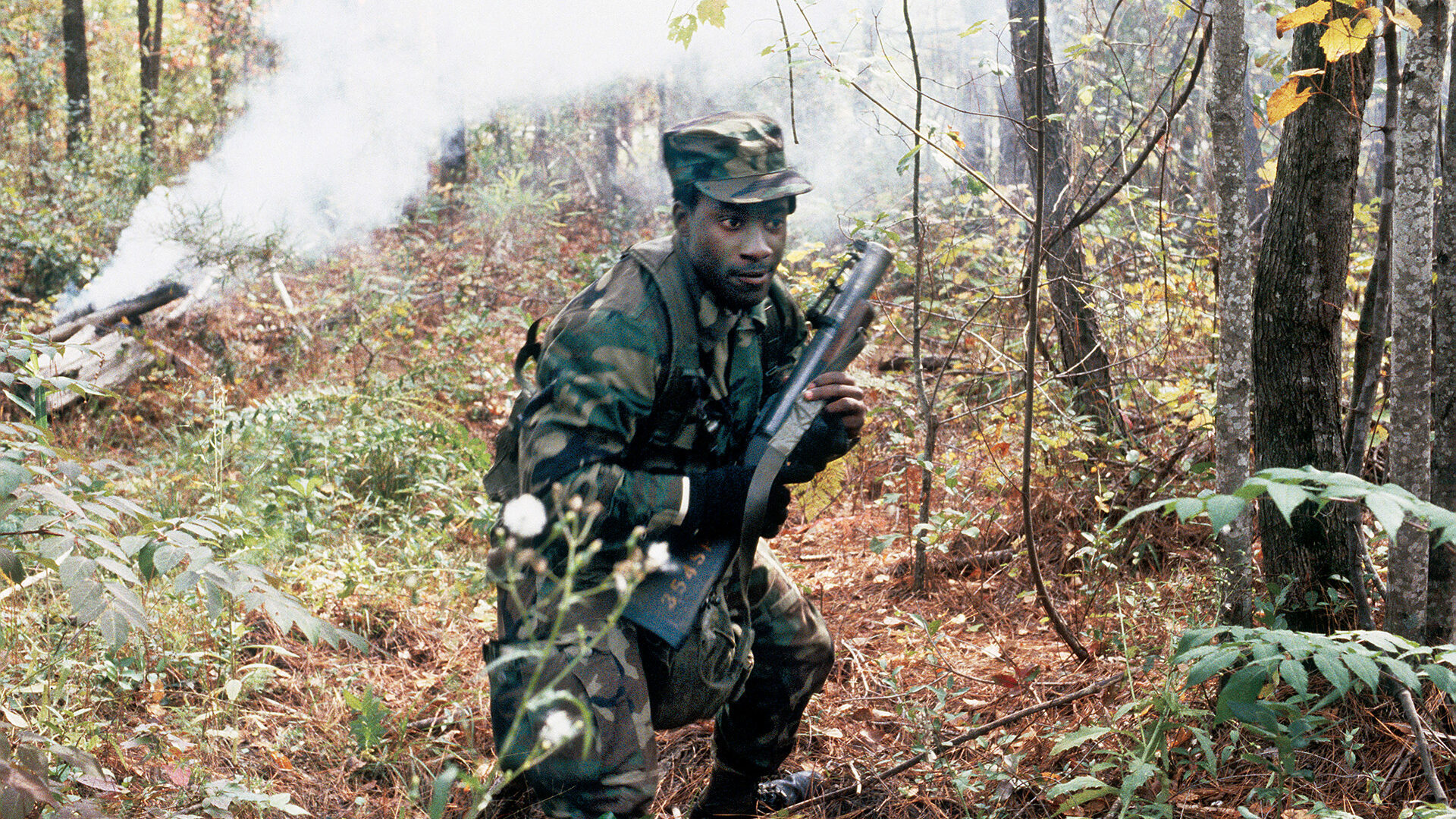
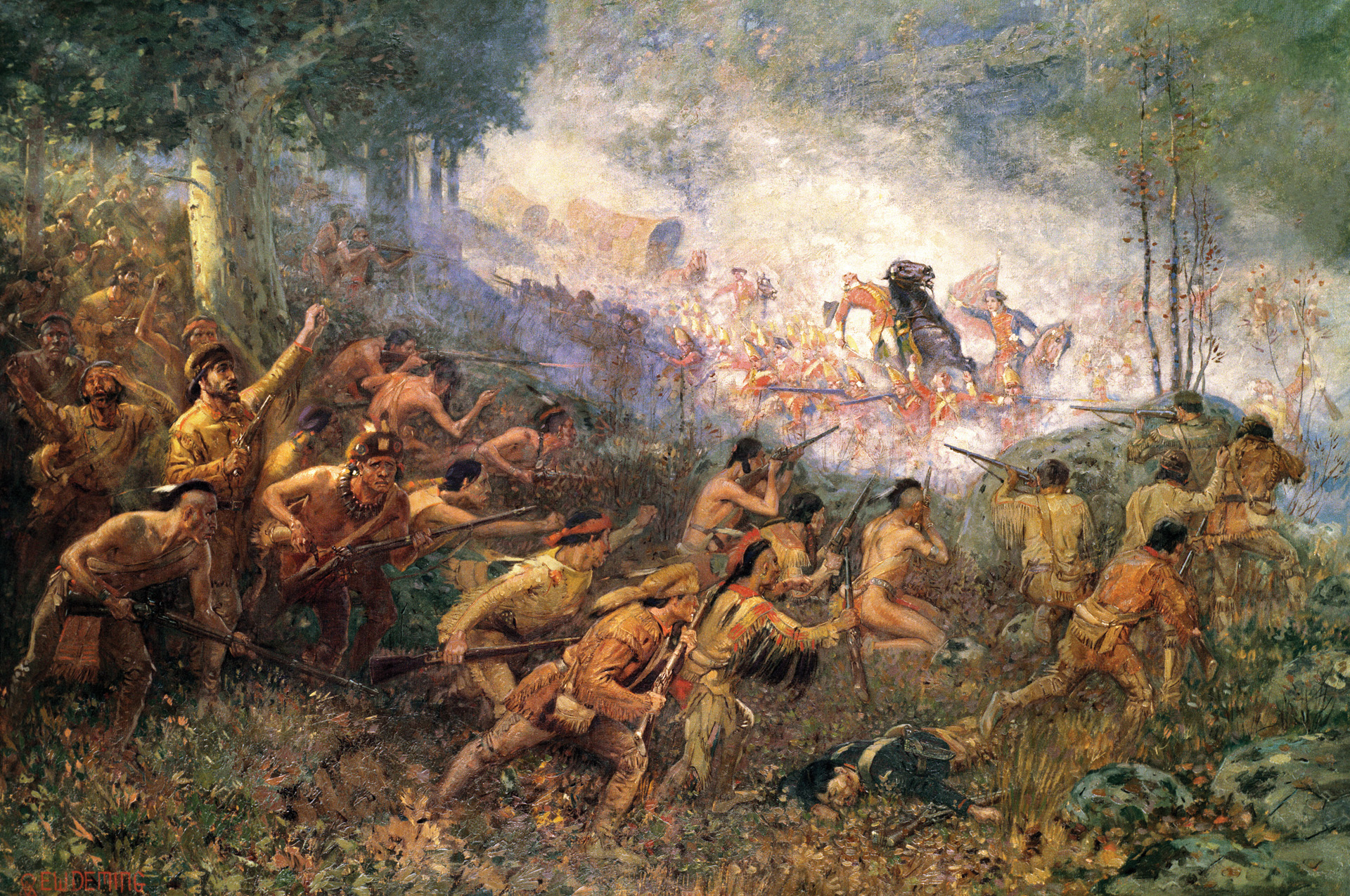
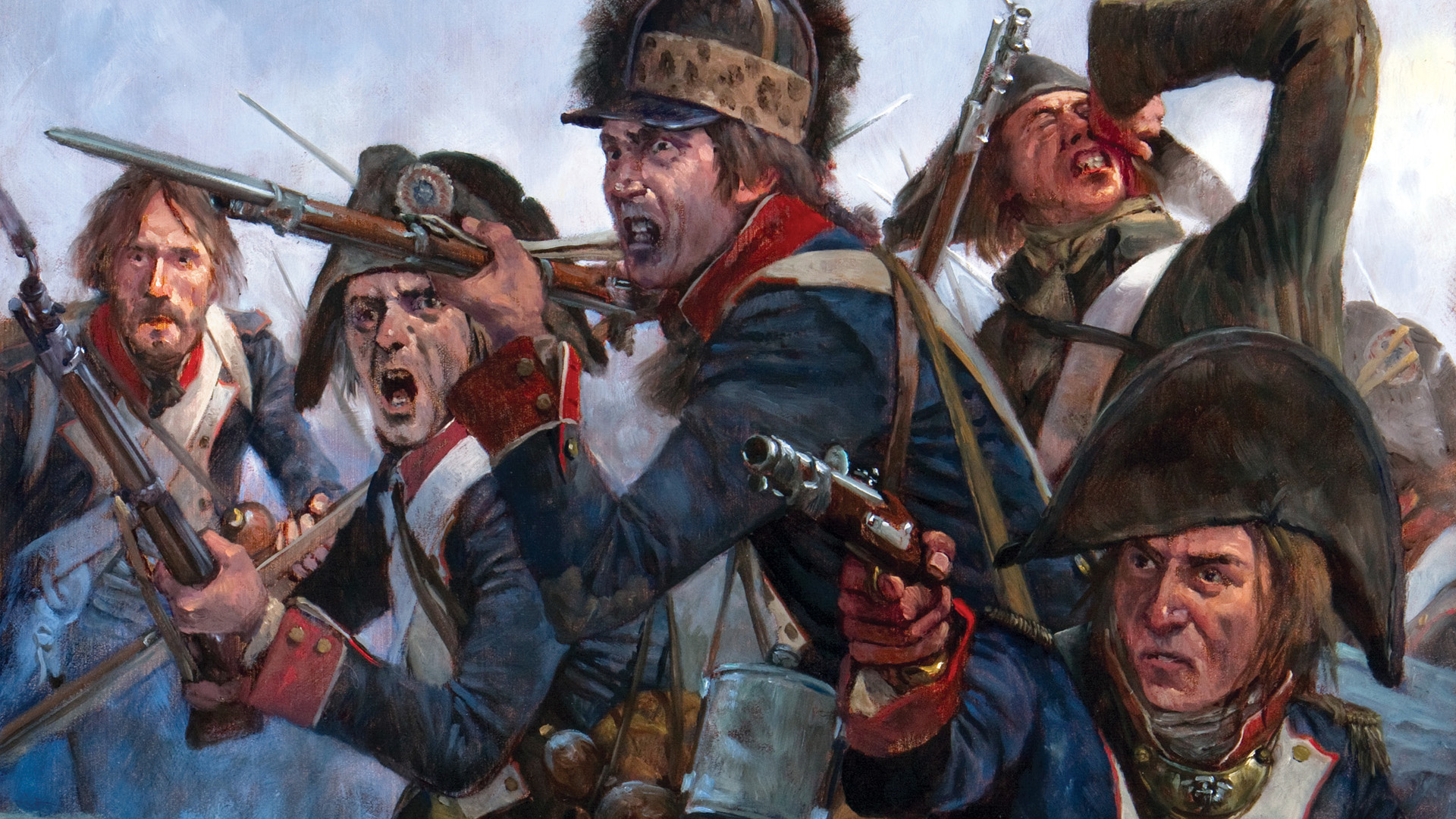
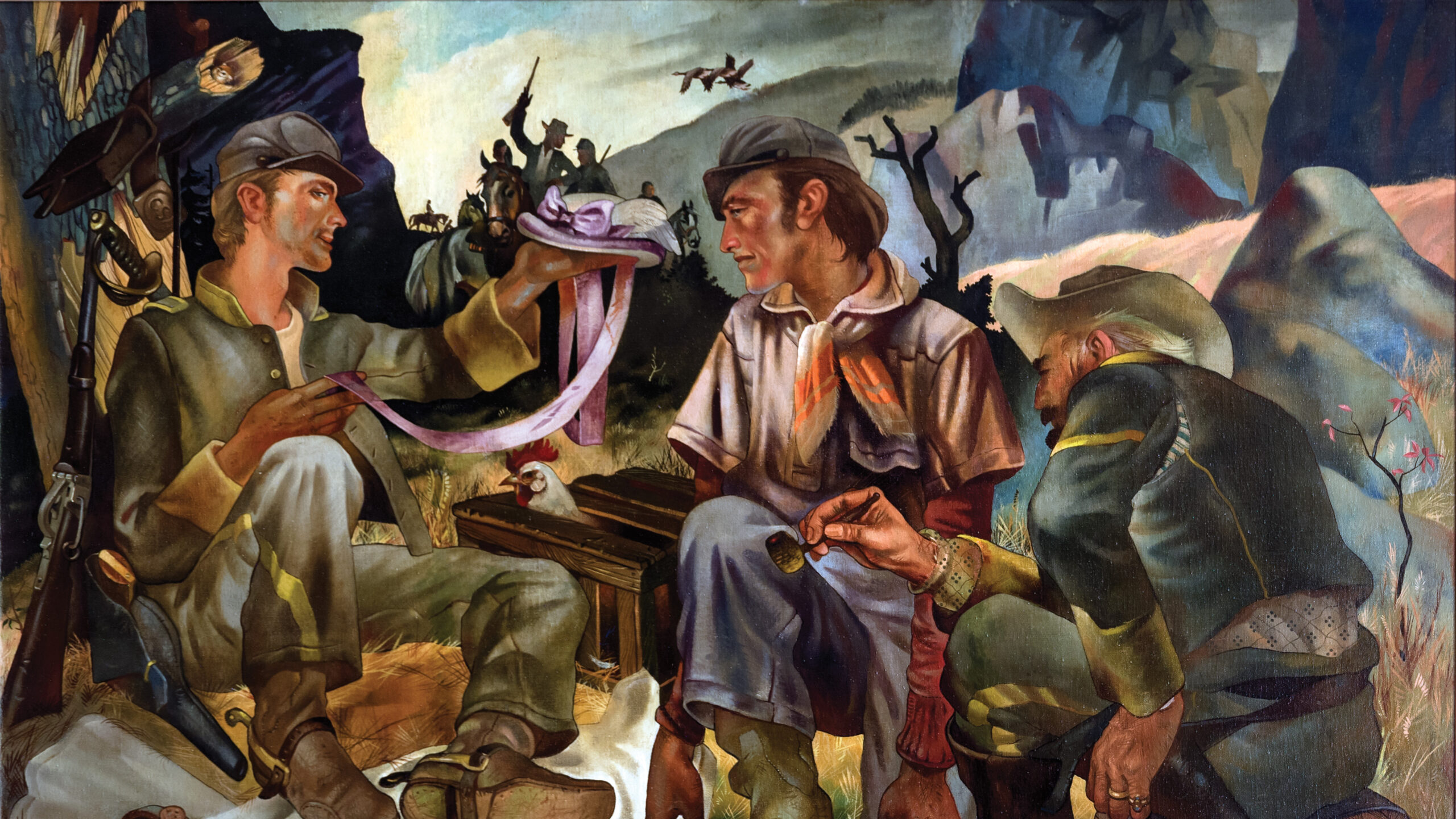
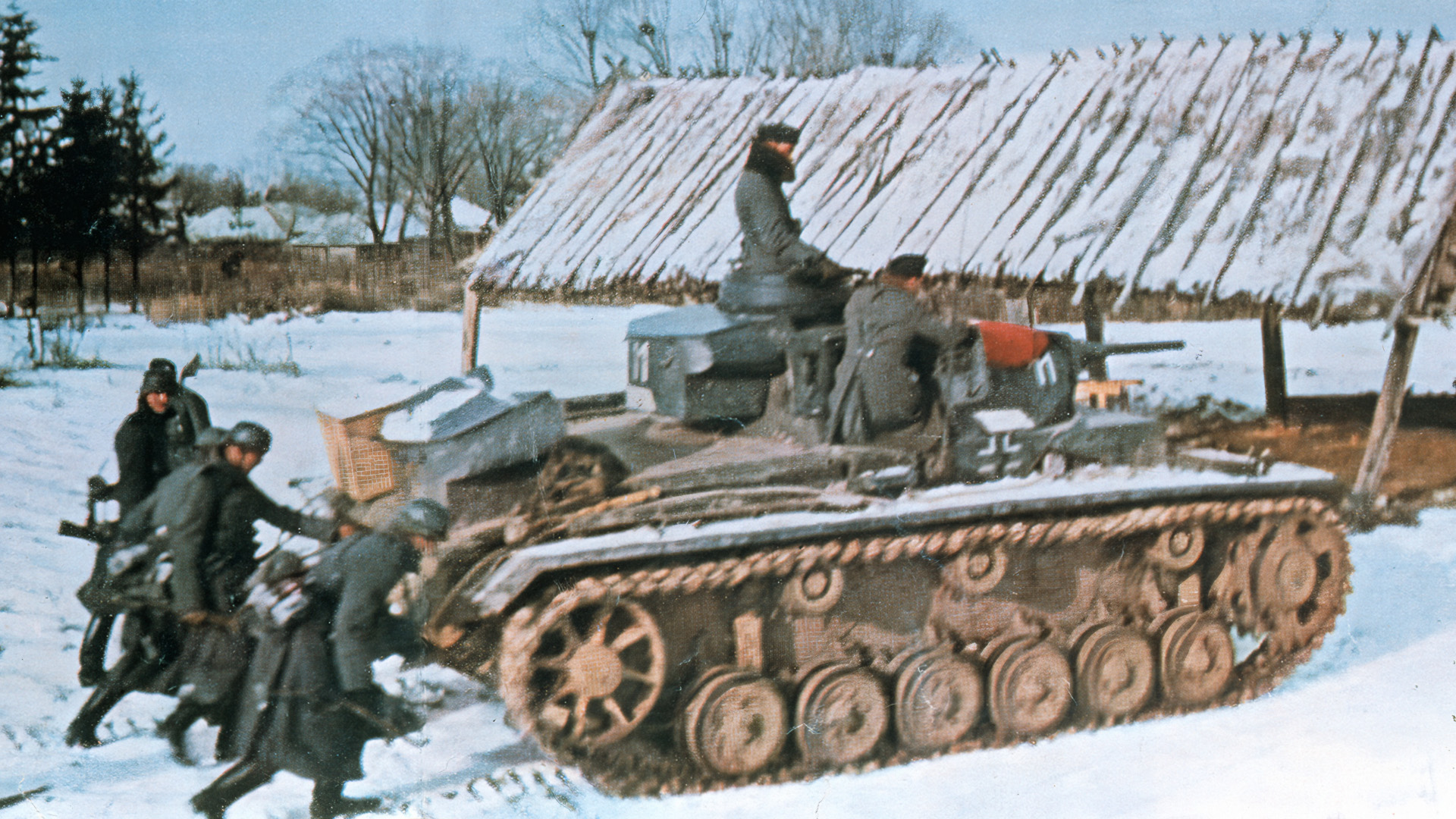

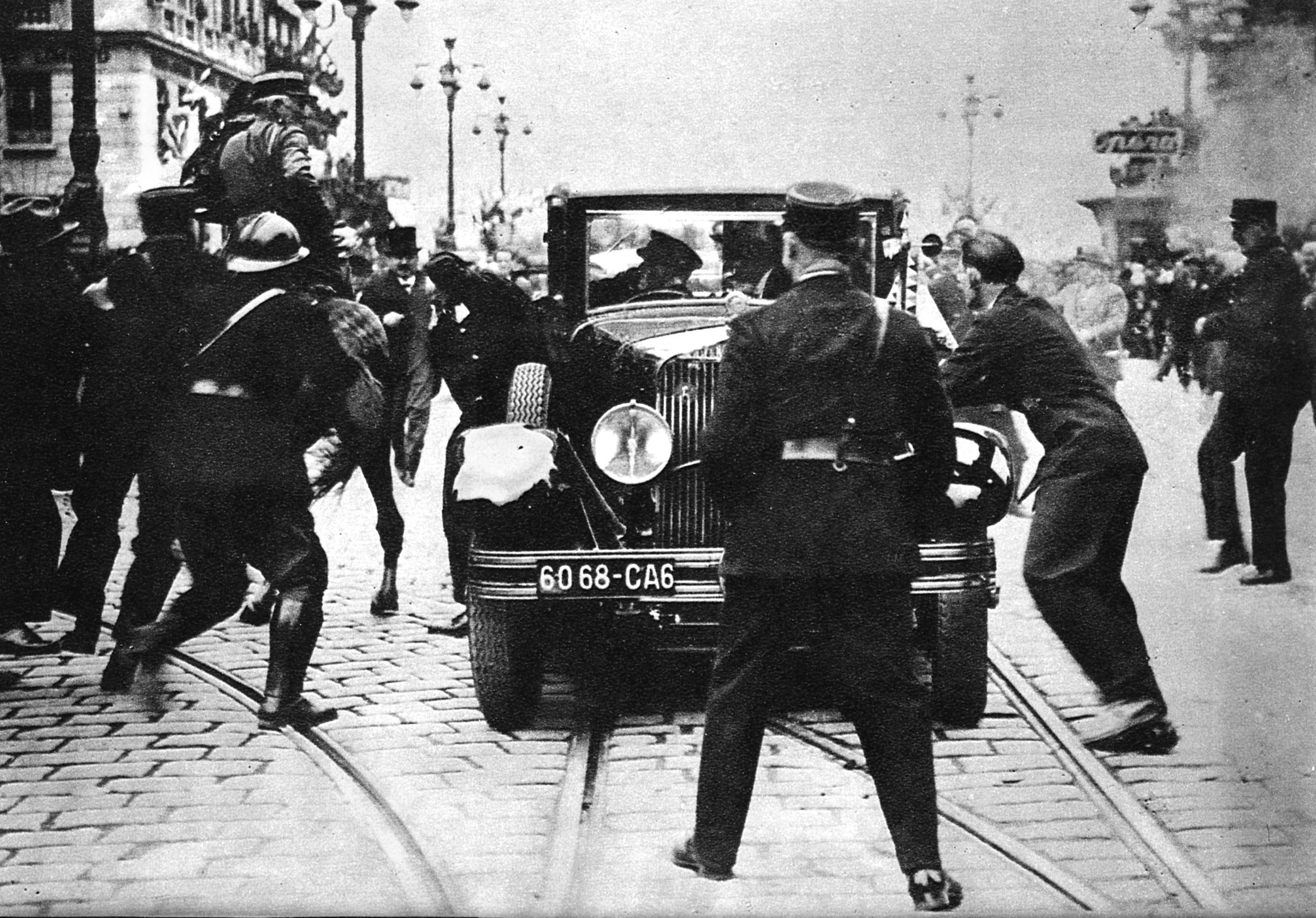
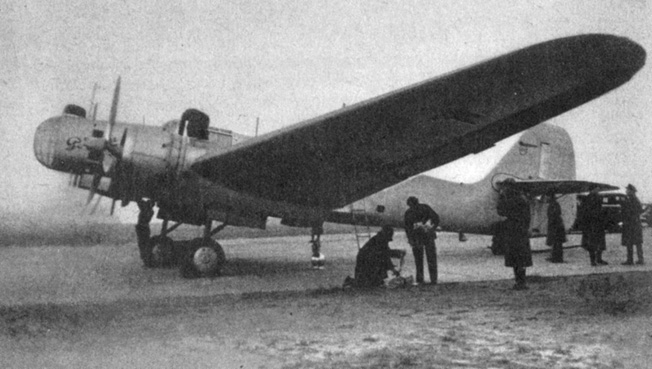
Join The Conversation
Comments
View All Comments